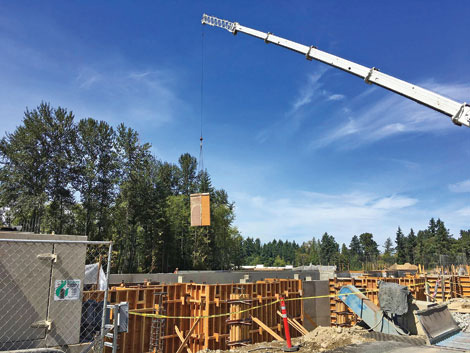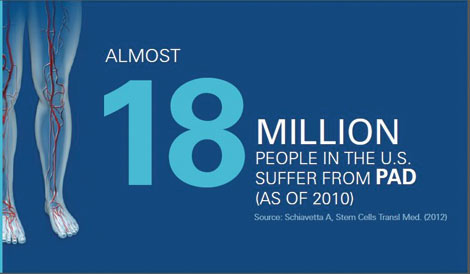Transitioning houseplants from summer to winter
Help your houseplants make a smooth transition from their outdoor summer home back inside for winter. The lower light and humidity indoors along with any insects that hitched a ride indoors make it difficult to keep these plants looking their best.
Give them a shower before they move indoors. A gentle blast of water washes dust and dirt off the leaves and dislodges aphids and mites that might be feeding on the plants.
Gradually prepare the plants for the lower light conditions indoor. Start by placing plants in the sunniest south- or west-facing window available or grow them under artificial lights. Leave them here for several weeks if the final destination receives less light.
Next move them to an east-facing or well-lit north facing window. Again, leave them here for several weeks. Gradually decrease the amount of light the plants receive until they reach their final location. This gradual acclimation helps the plants develop more shade tolerant leaves. Foregoing this process results in yellow leaves and massive leaf drop. This is stressful on the plant and its caretaker.
Skip this step, reduce the stress on your plants and keep them looking their best throughout the winter by growing them under artificial lights. Using a combination of natural and artificial light helps plants better tolerate the less-than-ideal indoor growing environment.
Isolate these plants from your indoor houseplant collection until you are sure no insects tagged along. Check under the leaves and along the stems for aphids, mites, scale and white flies. Use an eco-friendly product like Summit Year-Round Spray Oil (SummitResponsibleSolutions.com) to prevent these pests from moving onto the rest of your indoor garden. This highly refined mineral oil suffocates the insects, doesn’t poison them, and is approved for organic gardening.
Continue monitoring for pests over the next few weeks. Reapply the organic insecticide every two weeks as needed. Always read and follow label directions when using any organic, natural or synthetic chemical.
Increase the humidity by grouping plants together. As one plant loses moisture from its leaves, or transpires, it increases the humidity around its neighboring plants.
Further increase the humidity and decrease your workload by placing the plants on a gravel tray. Place pebbles in the bottom of the saucer or other shallow container. Set the pot on top of the pebbles. Allow excess water to collect in the pebbles below the pot. As this water evaporates, it increases the humidity around the plants.
You’ll also eliminate the amount of time spent and mess made when pouring off the excess water that collects in the saucer. Plus, you’ll avoid root rot and other diseases caused by plants sitting in a water-filled saucer.
Give your plants a bit of TLC as you tuck them into their winter lodgings. Your efforts will be rewarded with healthier, pest-free and better-looking plants to enjoy all winter long.
Gardening expert Melinda Myers, who wrote this article, is the author of 20 gardening books and has appeared on television and radio. Her website is www.melindamyers.com.


 Do you blame “getting older†for your leg pain or difficulty walking? Do you just accept it and do the best you can? You could actually be suffering from a condition called peripheral artery disease (PAD). PAD now affects more than 8.5 million American adults, according to the American Heart Association, and if left untreated, can increase your risk of losing a portion of your toes, feet and legs to amputation. The good news is that PAD can be managed when diagnosed early.
Do you blame “getting older†for your leg pain or difficulty walking? Do you just accept it and do the best you can? You could actually be suffering from a condition called peripheral artery disease (PAD). PAD now affects more than 8.5 million American adults, according to the American Heart Association, and if left untreated, can increase your risk of losing a portion of your toes, feet and legs to amputation. The good news is that PAD can be managed when diagnosed early.